|
Recent decades have brought much new technology to jewelry technique in both design and manufacturing. Still, it is probably safe to say that one traditional distinction holds on the manufacturing side…that of cast vs. fabricated metal jewelry. Sometimes these techniques are combined in a single piece of jewelry, but let’s examine each separately. In the simplest terms, fabricated jewelry is formed from sheet and wire by cutting, bending, forging and joining metal into a form that is both pleasing and functional. Jewelry created in this manner may or may not hold gemstones and can take the function of ring, pendant, pin or brooch, bracelet, or any other form at all. Casting in the simplest terms is pouring liquid metal into a pre-formed space and holding it there until it solidifies in the form of the hollow space into which it was poured. This is very commonly a process of lost-wax casting but can include direct casting into carved spaces in graphite, cuttlefish bone or other heat-resistant, carve-able material such as charcoal. And while at times it may be difficult to distinguish technique in a finely crafted finished product by a master goldsmith, there are normally some clues. In both cases after the process of forming, whether cast or fabricated, much effort is put into finishing the piece. Even with the currently popular, “rough finish” look found so often in venues such as ETSY, some effort is needed to make the look uniform and comfortable to wear. Are one of these techniques superior? Of course that depends on criteria, but probably not. A valid argument could be made that fabrication is the foundation of all other techniques, including casting, owing to the previously mentioned clean-up and finishing process. Once cast, an object is rarely “ready-to-go” and the artisan will need to use those basic fabrication skills of cutting (sprue removal), filing (smoothing the surface), sanding (as a pre-finish) and polishing. Also, a fabricated object created out of milled materials (sheet and wire) will have gone through various stages of compressing the material into higher density than a cast object. Milling the material prior to forming, and sometimes the forming itself will compact the crystalline structure of the metal which may tend to remove or resolve issues of micro-porosity or small voids that can interfere with the final finish. This increased density can, in some cases, even make the metal more durable. But while all of that is true, the finished cast product of an accomplished goldsmith will be minimally effected by these issues, if at all.
At Gary Dawson Jewelry Design, we make use of nearly every available technology to insure your jewelry is created to the highest standards for trouble-free, heirloom quality each time. Choosing the appropriate technology for each process is essential to our process!
0 Comments
Leave a Reply. |
Author
|
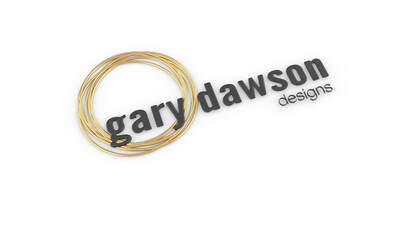
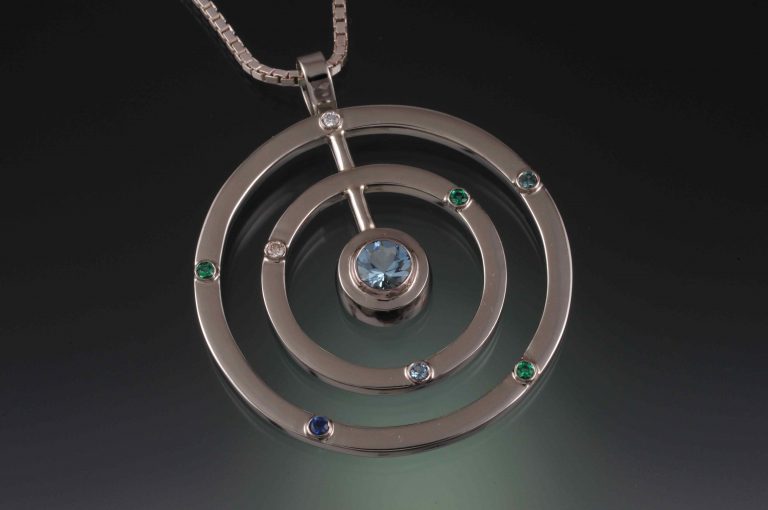
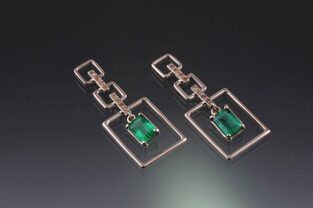
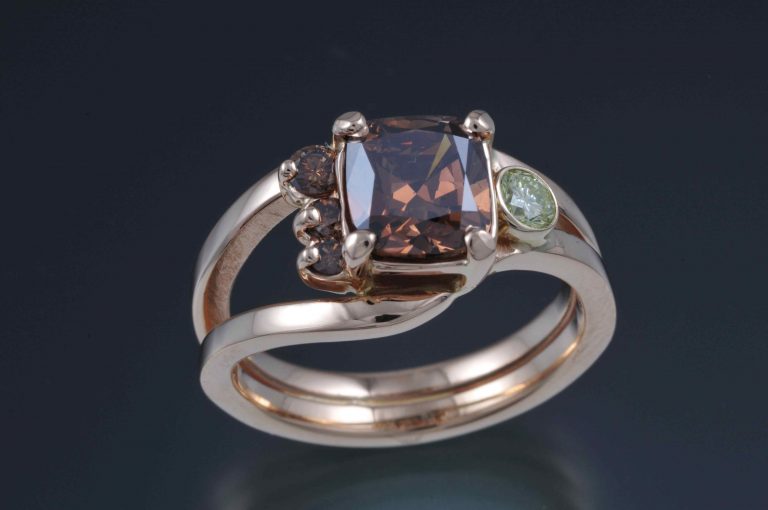
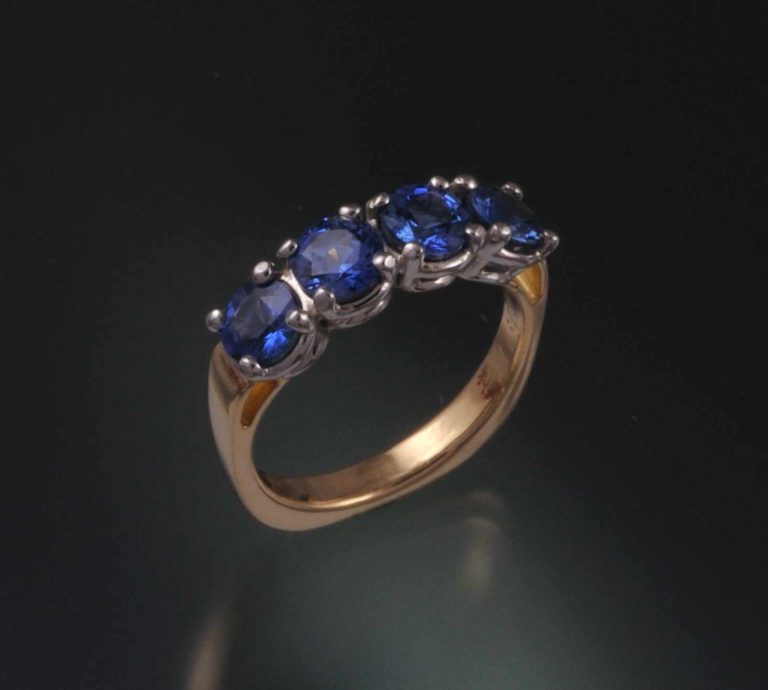
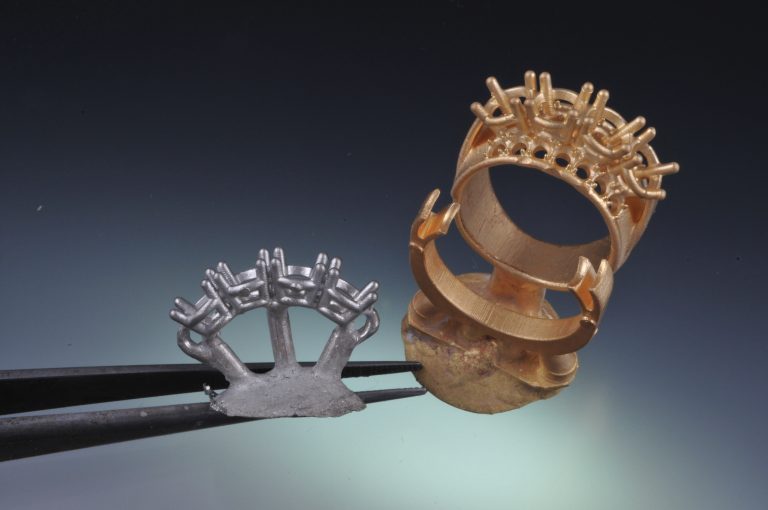


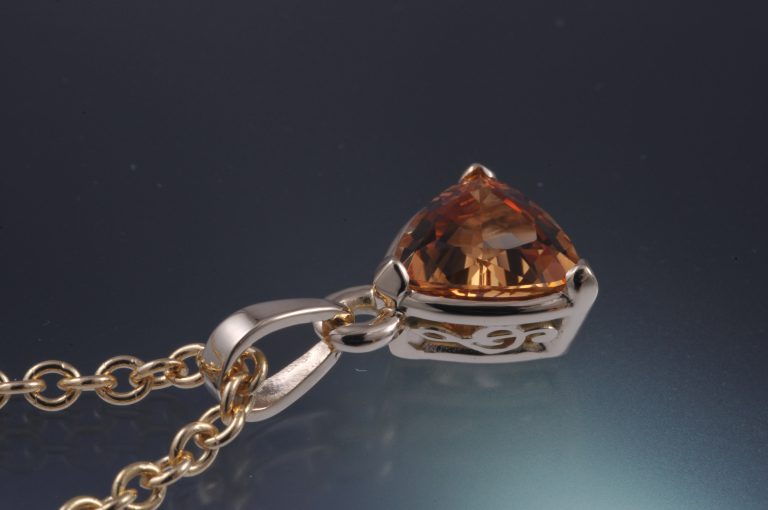
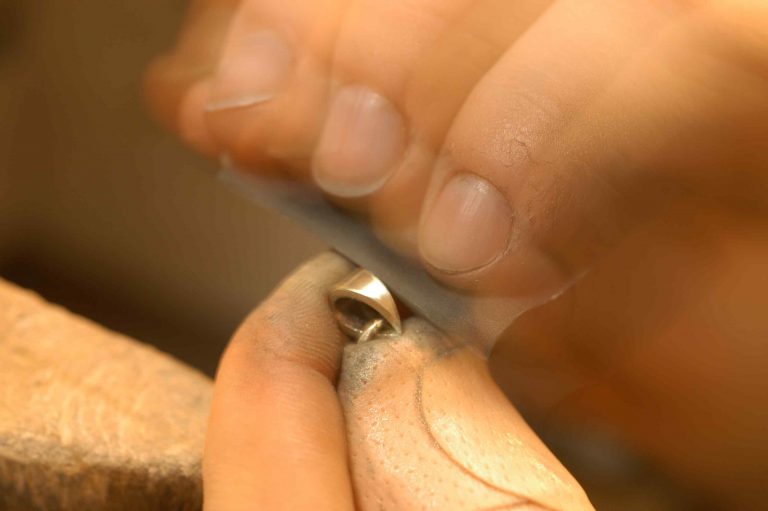
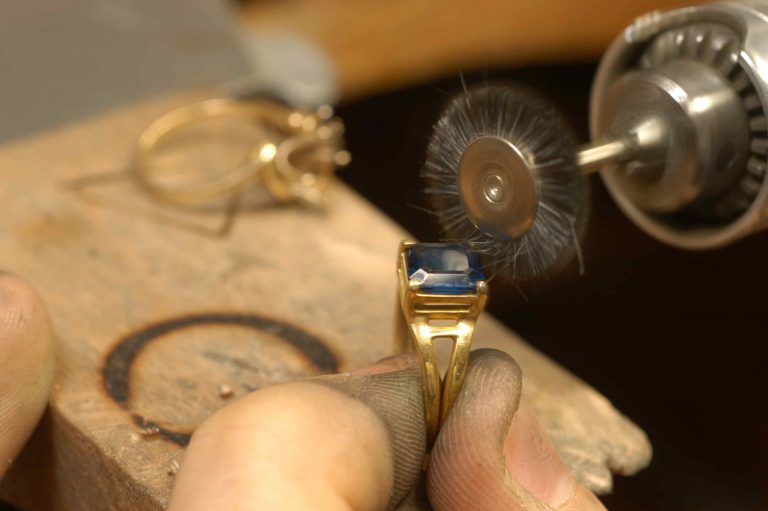

 RSS Feed
RSS Feed